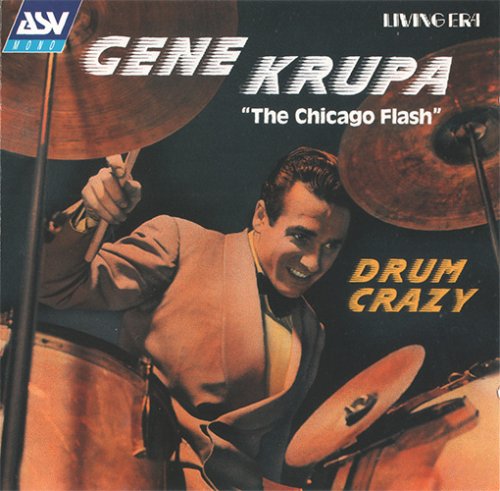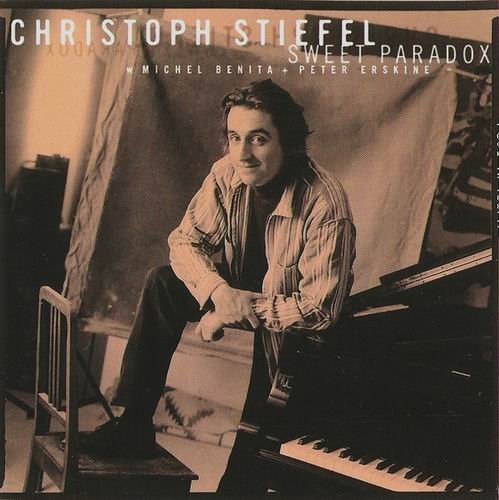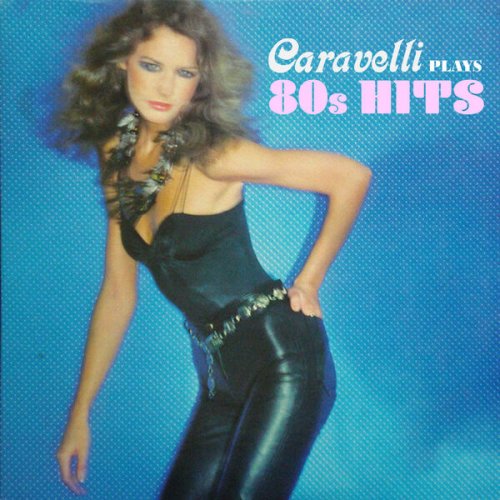Gene Krupa - Drum Crazy (2001)

Artist: Gene Krupa
Title: Drum Crazy
Year Of Release: 2001
Label: ASV [CD AJA 5375]
Genre: Jazz, Swing
Quality: FLAC (image + .cue,log,scans)
Total Time: 76:58
Total Size: 191 MB(+3%)
WebSite: Album Preview
TracklistTitle: Drum Crazy
Year Of Release: 2001
Label: ASV [CD AJA 5375]
Genre: Jazz, Swing
Quality: FLAC (image + .cue,log,scans)
Total Time: 76:58
Total Size: 191 MB(+3%)
WebSite: Album Preview
01 - Swing is Here
02 - Sing, Sing, Sing
03 - Wire Brush Stomp
04 - Apurksody
05 - Drummin' Man (Irene Daye - vocal)
06 - Tuxedo Junction
07 - High on a Windy Hill (Howard Dulany - vocal)
08 - It All Comes Back to Me Now (Howard Dulany - vocal)
09 - Drum Boogie (Irene Daye - vocal)
10 - Just a Little Bit South of North Carolina (Anita O'Day - vocal)
11 - Let Me Off Uptown (Anita O'Day & Roy Eldridge - vocal)
12 - Rockin' Chair
13 - Bolero at the Savoy
14 - Leave Us Leap
15 - Dark Eyes
16 - Opus One (Anita O'Day - vocal)
17 - Boogie Blues
18 - Lover
19 - How High the Moon
20 - Disc Jockey Jump
21 - Calling Dr. Gillespie
22 - Bonaparte's Retreat (Bobby Scoots - vocal)
Although born in Chicago in 1909, Gene Krupa was descended from Russians and Poles -- the word "krupa" in Russian means "groats." After narrowly avoiding a career in the Catholic priesthood, young Krupa developed instead into a rowdy jazz drummer and by 1927 was making records with Ben Pollack, the Bucktown Five, and a band called the Chicagoans led by a hard-boiled little banjoist by the name of Eddie Condon. Krupa also played a crucial role in the popular success of Benny Goodman's orchestra from 1935 to 1938. Living Era's 2001 compilation Drum Crazy is a sampler of recordings released under Krupa's name between 1936 and 1950. Unlike most Living Era reissue packages, this one is laid out in concise chronological order. At the outset, "Swing Is Here" is performed by Gene Krupa's All-Star Swing Band with Goodman, Roy Eldridge, and Chu Berry in front. The logical next step after this stimulating opener is the Benny Goodman Orchestra's bombastic Carnegie Hall concert recording of "Sing, Sing, Sing." The progress of Krupa's own big band is traced from the "Wire Brush Stomp" of 1938 through "Drummin' Man" (a 1939 ripoff of Earl Hines' "Piano Man") and a languid cover of Erskine Hawkins' big hit record of 1940, "Tuxedo Junction." Wading into the 1940s, Krupa took on his first truly substantial vocalist, Anita O'Day, sometimes teaming her up with trumpet ace and rambunctious singer Roy "Little Jazz" Eldridge. Their famous duet performance of "Let Me Off Uptown" is definitive. Next the chronology leaps from 1941 to 1945, the most noteworthy additions to the band being saxophonists Charlie Ventura and Johnny Bothwell. After a particularly fine trio recording of "Dark Eyes" by Krupa, Ventura, and Teddy Napoleon, the big band is shown to have been rigorously up to date, graduating from swing and boogie-woogie to bop-derived showcases like "Opus One," "How High the Moon," "Disc Jockey Jump," and "Calling Dr. Gillespie." For some reason, this relatively solid compilation closes with the unsavory "Bonaparte's Retreat," a peculiar cornball novelty tune combining traditional jazz and hillbilly country as Wild Bill Davison, Cutty Cutshall, Peanuts Hucko, and an old-fashioned rhythm section back vocalist Bobby Scoots, who seems to have been attempting an impersonation of Tennessee Ernie Ford.

![Evelyn Rose - Who Brought The Mistletoe? [EP] (2025) Evelyn Rose - Who Brought The Mistletoe? [EP] (2025)](https://www.dibpic.com/uploads/posts/2025-11/1764168625_cover.jpg)
![Stan Getz Quartet - The Soft Swing (Remastered) (2025) [Hi-Res] Stan Getz Quartet - The Soft Swing (Remastered) (2025) [Hi-Res]](https://www.dibpic.com/uploads/posts/2025-11/1764250755_sgqs500.jpg)


![Anna Nalick, Macy Gray, City Of The Sun, Meiko - Chesky's Best of the 2010s (2020) [Hi-Res] Anna Nalick, Macy Gray, City Of The Sun, Meiko - Chesky's Best of the 2010s (2020) [Hi-Res]](https://www.dibpic.com/uploads/posts/2025-11/1764065206_yvm2mdlz7f8hm04o3j528l0gb.jpg)
![Hidefumi Toki - After Dark (2019) [Hi-Res] Hidefumi Toki - After Dark (2019) [Hi-Res]](https://www.dibpic.com/uploads/posts/2025-11/1764245944_folder.jpg)
![Gianfranco Reverberi - Tensioni e Insidie (2025) [Hi-Res] Gianfranco Reverberi - Tensioni e Insidie (2025) [Hi-Res]](https://img.israbox.com/img/2025-11/28/kr2m5vp5vihtn923ui9tcd512.jpg)
![Stefano Boggiani - Andvake (2025) [Hi-Res] Stefano Boggiani - Andvake (2025) [Hi-Res]](https://www.dibpic.com/uploads/posts/2025-11/1764304210_cover.jpg)
